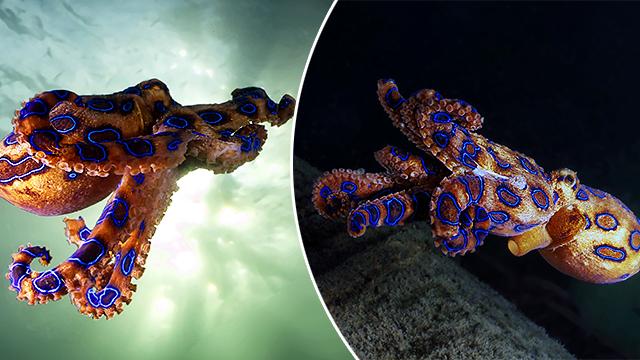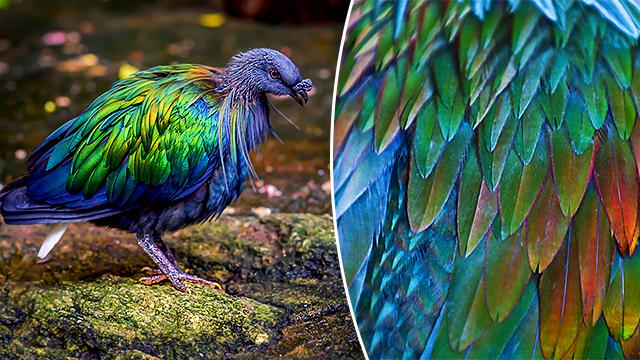The southern blue-ringed octopus is mesmerizing in its beauty.
Don’t get too attached, though. The venom in the cephalopod is strong enough to cause respiratory failure in a human with just one bite—and this is an octopus that isn’t afraid to lash out if it feels threatened.




